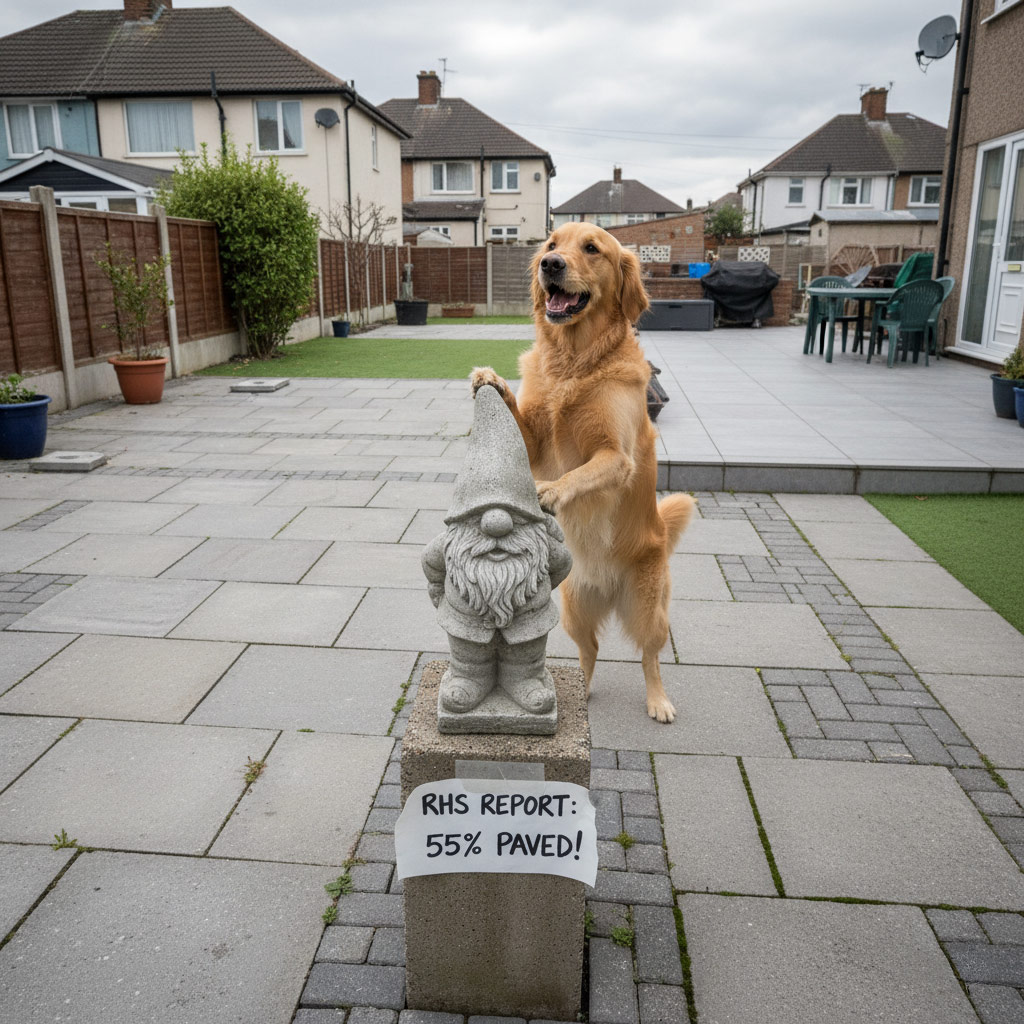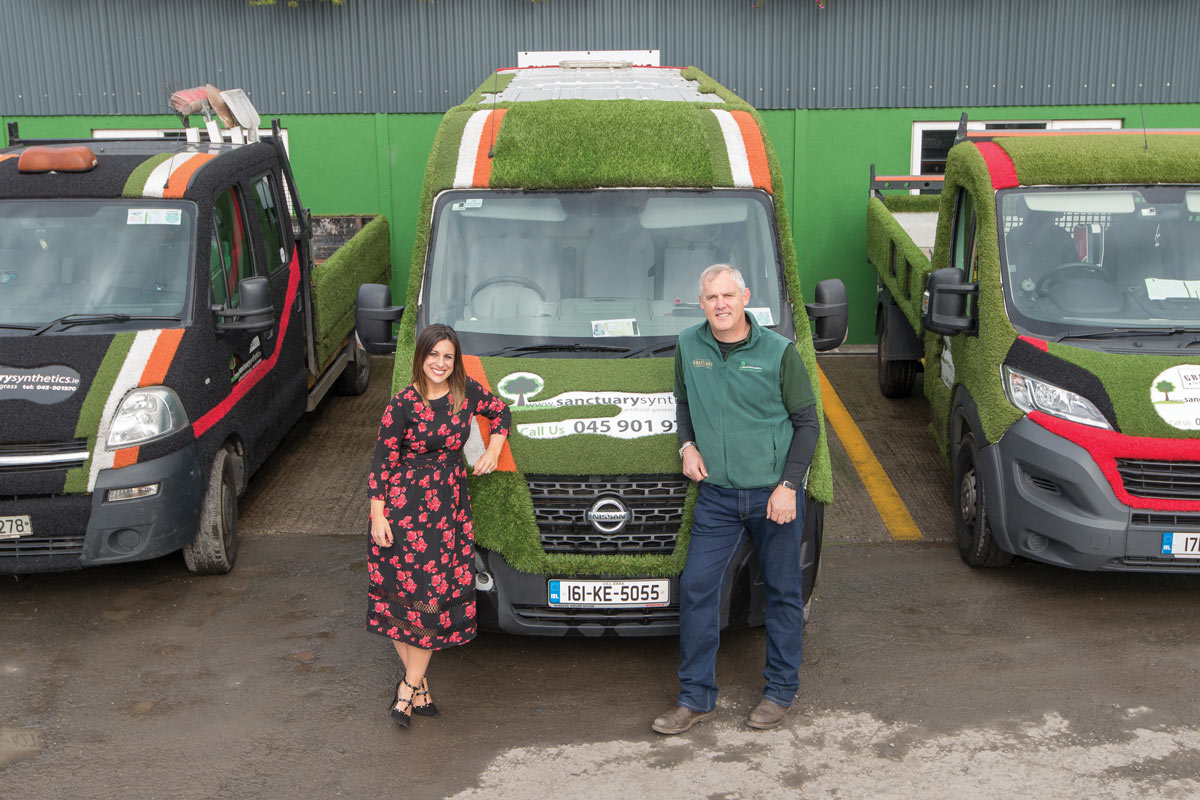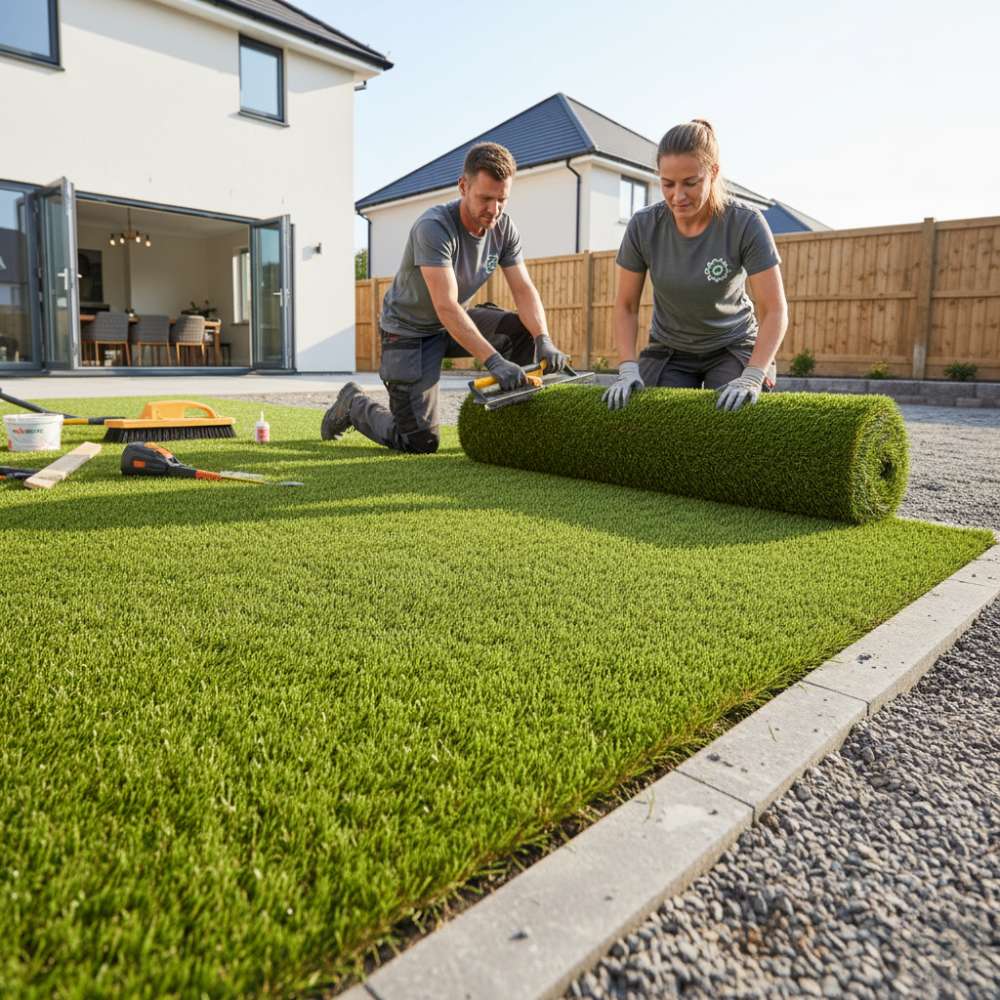

I remember it like it was yesterday, back in 2002 at the Ideal Home Show in Dublin. We were launching our concept: artificial garden grass and greens. You should have heard the chuckles! “Selling sand to the Arabs, are ya?” one fellow quipped, while another added, “Who the hell would ever want plastic grass? Ho ho ho!”. The prevailing wisdom was that Ireland, the Emerald Isle, had plenty of free-growing grass, so why would anyone pay for fake?. They openly scoffed, and I understood their skepticism. But that ridicule didn’t deter me; in fact, it only strengthened my resolve.
What those early doubters couldn’t see was the potential, or how much this industry would evolve. Back then, artificial grass was often seen as a novelty, associated with flat, outdated green carpets. But product improvements, like the introduction of a curled, twisted thatch layer, revolutionised its look and feel, making it far more natural and durable. Modern synthetic lawns are designed to mimic real grass so closely that it’s often hard to tell the difference, and they offer incredible resilience without needing sand infill in many cases.
Today, it’s an effective, affordable, and low-maintenance choice that can completely transform a space. What was once considered “weird” is now a desirable feature, boosting property values and offering a practical solution for busy homeowners, families, and pet owners. The industry has seen exponential growth, with product improvements driving its mainstream acceptance.
The journey from laughed-at novelty to landscape staple shows how deeply perceptions can shift. The truth is, every great innovation looks ridiculous… until it doesn’t.

Mark O’Loughlin is the founder and owner of Sanctuary Synthetics, Ireland’s leading supplier and installer of artificial grass. With over 25 years of experience in landscaping and more than 20 years at the helm of Sanctuary, Mark is a recognised authority on artificial lawns, play surfaces, and sustainable landscaping solutions. Through TheFakeGrassMan.com, he offers expert insights drawn from decades of hands-on experience in transforming Ireland’s outdoor spaces.


